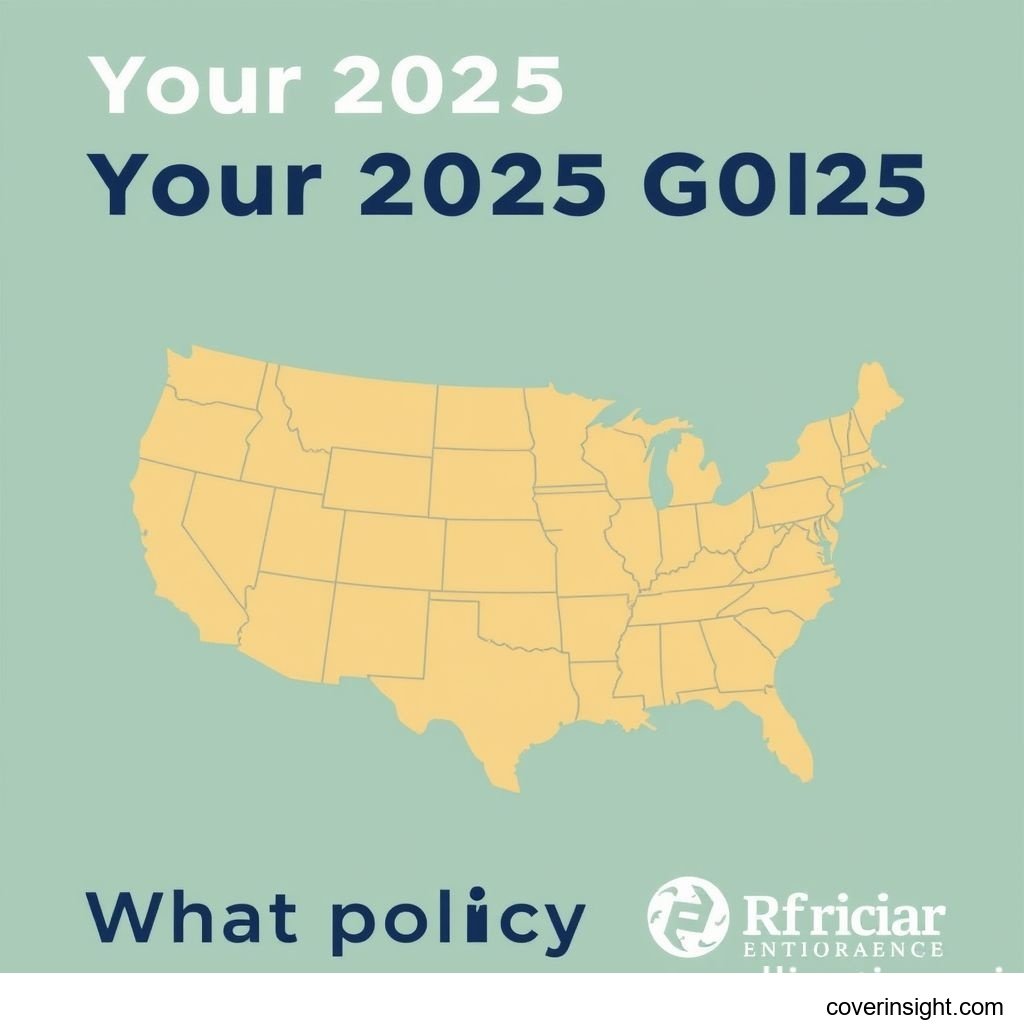Secure Your Future: US Whole Life & VGLI Guide 2025
Introduction
In the ever-evolving financial landscape of 2025, securing your family's future remains a paramount concern for many Americans. Among the myriad options available, whole life insurance stands out as a foundational tool for long-term financial planning. Unlike term insurance, whole life offers a guaranteed death benefit, fixed premiums for life, and a cash value component that grows over time on a tax-deferred basis. This robust structure makes it a cornerstone for creating a legacy and building a financial safety net. For our valiant veterans, Veterans’ Group Life Insurance (VGLI) provides a unique and valuable opportunity to continue their service members' group life insurance (SGLI) coverage post-service, offering a transition pathway to civilian life with continued protection. Understanding both options is crucial for making informed decisions to protect what matters most.
Coverage Details
What’s Included
Whole life insurance policies are designed for permanence. They typically include a guaranteed death benefit, which is the payout your beneficiaries receive upon your passing, providing critical financial support. A key feature is the cash value component, which accumulates over the policy's life. This cash value can be accessed through withdrawals or loans, acting as a personal savings or investment vehicle that grows tax-deferred. Premiums for whole life policies are usually fixed, meaning they won't increase over time, offering predictability in your financial planning. Many policies also offer dividends, though these are not guaranteed, which can further increase cash value or reduce premiums.
For eligible service members, VGLI offers term coverage that can be converted to an individual civilian policy later. While VGLI itself doesn't build cash value, it provides essential, portable life insurance coverage after military separation, bridging the gap until a permanent solution like whole life insurance is secured. It's a critical safety net for veterans and their families during a period of transition.
Common Exclusions
While robust, life insurance policies, including whole life and VGLI, do have common exclusions. The most well-known is the suicide clause, where if the insured commits suicide within the first one or two years of the policy, the death benefit may not be paid out, though premiums paid might be refunded. Misrepresentation on the application, such as providing false information about health or lifestyle, can also lead to a policy being voided. Furthermore, deaths resulting from illegal activities or certain high-risk hobbies (unless specifically covered by a rider) might be excluded. For VGLI, the primary exclusion relates to the timing and eligibility of conversion and continuation, which must strictly adhere to VA guidelines. Understanding these exclusions is vital to avoid any unwelcome surprises down the road.
Cost Analysis
Price Factors
The cost of whole life insurance premiums can vary significantly, depending on several factors. Your age at the time of application is a major determinant; generally, the younger and healthier you are when you purchase the policy, the lower your premiums will be for life. Your current health status, often determined by a medical examination and health questionnaire, also plays a critical role. Lifestyle choices, such as smoking or engaging in hazardous occupations, will likely result in higher premiums. The death benefit amount you choose, along with any additional riders (like waivers of premium for disability or long-term care riders), will also impact the overall cost.
For VGLI, the premiums are based on your age and the amount of coverage you select. Unlike whole life, VGLI premiums increase every five years, mirroring the structure of term insurance. For precise details on VGLI premium rates, veterans should consult the U.S. Department of Veterans Affairs (VA) website.
Saving Tips
Looking to keep your whole life insurance affordable? A great starting point is to purchase coverage when you're young and healthy. This locks in lower rates for the duration of the policy. Don't be afraid to shop around and get quotes from multiple reputable insurers – it’s a competitive market, and prices can differ. You might also consider paying your premiums annually instead of monthly, as some companies offer a small discount for this. While it might sound like a simple suggestion, maintaining a healthy lifestyle can also lead to lower premiums by demonstrating a lower risk to insurers. Sometimes, even small adjustments to the death benefit amount can lead to noticeable savings without compromising essential protection. For those looking to delve deeper into insurance options, exploring various providers through resources like the "Insurance Resources Global" page can offer a broader perspective.
FAQs
-
How much does whole life insurance cost?
The cost varies widely, typically ranging from $100 to $1,000+ per month for a $250,000 to $500,000 policy, depending on age, health, and policy specifics.
-
What affects premiums?
Key factors include age, health status, gender, the policy's death benefit amount, and any added riders.
-
Is it mandatory?
No, life insurance is not mandatory in the United States, but it's a vital tool for financial security.
-
How to choose?
Assess your family's financial needs, your budget, and research reputable insurers. Consulting with a financial advisor can also provide tailored guidance. For more general guidance on insurance, consider visiting "US Insurance Home".
-
Consequences of no coverage?
Without life insurance, your loved ones could face significant financial hardship, including funeral costs, outstanding debts, and loss of income, during an already difficult time.
According to the 2023 Insurance Barometer Study by LIMRA, a leading U.S. insurance research organization, only 52% of U.S. adults own life insurance. This statistic underscores a significant protection gap, leaving millions of families potentially vulnerable to financial strain should a primary earner pass away unexpectedly. For veterans, understanding VGLI and its conversion options is also crucial; the U.S. Department of Veterans Affairs provides comprehensive data and guidance on this vital benefit.
Consider the real-world example of the Rodriguez family in San Diego. When Mr. Rodriguez, a software engineer, passed away suddenly at 45, his whole life policy, which he’d purchased in his early 30s, provided a $500,000 death benefit. This allowed his wife to pay off their mortgage, cover their children's college tuition, and maintain their standard of living without having to scramble financially. The policy's cash value, which he had never needed to tap into, was also available to his wife, offering an additional layer of financial peace of mind. Without this foresight, the family's future could have looked dramatically different. To understand the regulatory framework protecting consumers in such cases, exploring resources from the "National Association of Insurance Commissioners" is highly recommended. For those exploring comprehensive healthcare options that often go hand-in-hand with financial planning, "Healthcare.gov" is a valuable resource. Additionally, your specific state's insurance regulations can be found by contacting your "State Insurance Departments".
Author Insight & Experience
Based on my experience living in the US and working with individuals on their financial planning, I've observed a common pitfall: people often put off getting life insurance, thinking they'll do it "someday." Yet, life has a funny way of throwing curveballs. That "someday" often comes too late, leaving families in a real pickle. It's not just about covering funeral costs; it’s about ensuring your family’s dreams—whether it’s a college education, a paid-off home, or simply maintaining their lifestyle—can continue, even if you’re no longer there to provide. A whole life policy, in particular, isn't just about protection; it's like building a reliable financial compass for your future, ensuring your loved ones are never truly lost at sea when it comes to money.









Comments